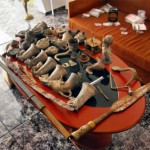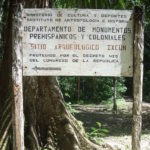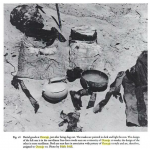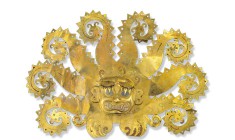I
This Encyclopedia constitutes a preliminary source of case studies that reveal aspects of the transnational illicit trade in cultural objects.
Each entry synthesizes information taken from what are considered to be reliable sources, and presents a bibliography of primary publications to facilitate further research. We endeavour to prepare texts that are factually accurate and objective accounts, and the texts are not indicative of an author’s personal opinion.
The Encyclopedia is a work in progress, and new entries will be added (and current entries updated as appropriate) as time permits. The authors endeavour to attribute any images that are used, but we should be contacted by the owners of unattributed images.

Illicit Antiquities
Why the use of ‘illicit’ rather than ‘illegal’ or ‘criminal’ in the literature when talking about the international market in looted antiquities?

Incirlik smuggling network, Turkey (1998)
In 1997, a smuggling ring based in Incirlik Air Base supplying Turkish artefacts to the United States was broken up.

Ixkun Stela 5
In 1972 looters heated this Maya monument and doused it in water, causing it to break into easily-transportable fragments.

Ocucaje Cemeteries
Nazca and Paracas cemeteries that were looted throughout the 20th century for sellable ancient textiles; aslo the site of a famous class of fake antiquity, the so-called Ica Stones.
